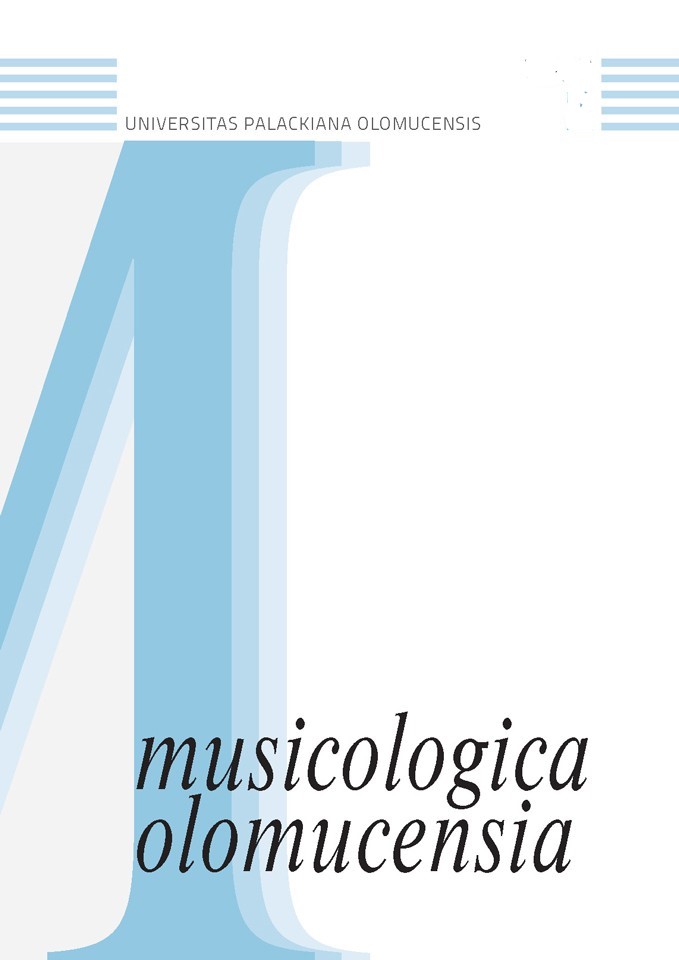Sibelius at the Crossroads: Old Paths Leading to New Creative Departures in His Second Symphony (1901/02)
Sibelius at the Crossroads: Old Paths Leading to New Creative Departures in His Second Symphony (1901/02)
Author(s): Nors. S. JosephsonSubject(s): Music, Aesthetics, Sociology of Art
Published by: Univerzita Palackého v Olomouci
Keywords: Sibelius; Second Symphony; structural analysis; inspirations;
Summary/Abstract: Sibelius' Second Symphony derives its inspiration from several third intervals that were originally also used in Brahms' Second Symphony. These third cells are often linked via major second scalar progressions, resulting in recurring whole-tone scales, a concept already employed in Classical development sections. In addition, Sibelius' Second Symphony was also much influenced by Bruckner's Third Symphony, notably the latter's first three movements. Sibelius' sketches for the second and fourth movements also indicate that the composer toyed with the idea of transcendental codas for these sections, producing minor second harmonic relationships that may derive from Borodin's first two symphonies.
Journal: Musicologica Olomucensia
- Issue Year: 23/2016
- Issue No: 1
- Page Range: 101-110
- Page Count: 10
- Language: English

